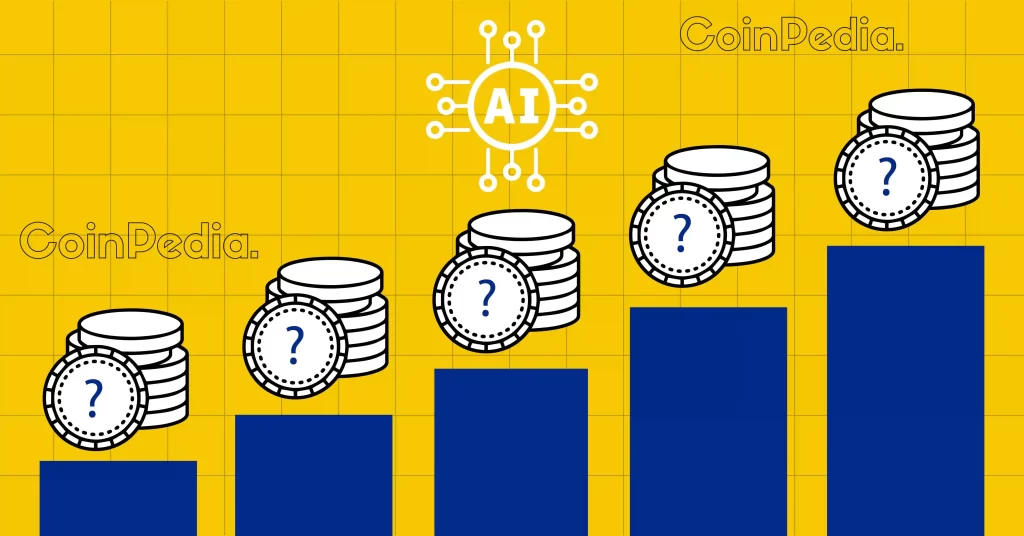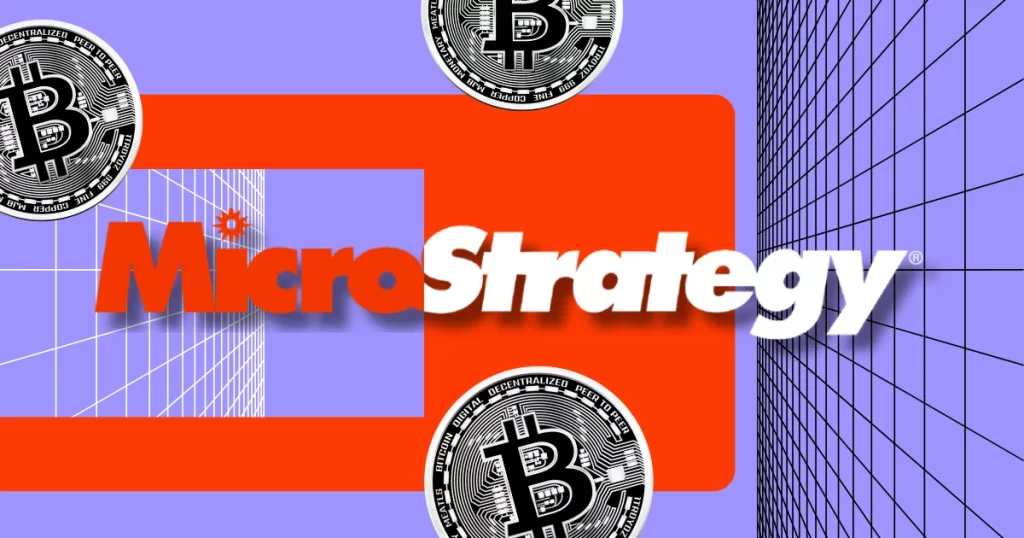
The post Binance Announces Strategic Shift to Support Small and Medium Crypto Projects appeared first on Coinpedia Fintech News
Binance has announced a key change in the listing strategy in response to widespread dissatisfaction with recent token listings. This promise to prioritize low-cap tokens, with an eye on sustainability and the value of the high FDV listings. This will support small—to medium-cap projects and contribute to healthier market conditions.
Community Concerns Over High-FDV Listings
According to available data, nearly 80% of tokens listed on Binance over the past six months have suffered severe price declines. This has been linked to the all-too-common case of tokens being launched with unusually high FDVs but meager initial circulating supplies. The tokens, in such cases, often fall victim to selling pressure when large numbers of tokens unlock, leading to dilution and a subsequent plunge in prices.
“Launching tokens at high fully diluted valuation and low circulating supply can result in dilutions from future unlocks which can place selling pressure on tokens,” Binance said in its latest announcement. This structure is being driven by venture capital funding and a bullish market, leading to non-sustainable price appreciations followed by a decline after the TGE.
Binance’s New Strategy
As such, Binance has announced that it is willing to engage more with small to medium projects in order to solve these problems. The exchange is searching for quality teams that allocate the lion’s share of tokens to their community and maintain a small token float at launch.
“Taking the lead to engage small to medium projects,” Binance said, calling on such teams to apply for its programs, including listing, Launchpool, and Megadrop. It added that such projects should have “less allocation to non-community users” such as team and venture capitalists, to have more fairness in terms of token distribution.
Impact of Token Unlocks
In fact, a report from Binance Research emphasizes that the prospective token unlocks are a potential force of impact. According to aggregate data from Token Unlocks and CoinMarketCap, some $155 billion worth of tokens will unlock between 2024 and 2030. Without increased buy-side demand, these unlocks can put substantial downward pressure on token prices.
The tokens launched in 2024 posted the lowest MC to FDV ratios in the past years, which is just 12.3% MC/FDV ratio. This shows that many tokens are yet to be unlocked, and prices could decline further if the supply is not complemented by sufficient demand.
Private market capital has been extraordinarily influential on the crypto market valuations. Over $91 billion has been invested in crypto projects since 2017, driving up the price of the tokens well before public market launches. Crypto deal-making activity rose 52.1% quarter-over-quarter in Q1 2024, signaling continued investor interest in funding projects at elevated levels.
However, this trend poses some long-term risks. Many new tokens have an FDV comparable to established layer-1 or DeFi tokens, despite not having equivalent user traction and market presence. This is a sign of a misalignment in valuations versus actual market demand, which can lead to overvaluation and subsequent correction.
Recommendations for Sustainable Growth
This puts the project into consideration in terms of tokenomics, valuation, product viability, and team credentials. Binance Research points out that a comprehensive understanding of unlock schedules and due diligence conducted with great care are indispensable for keeping clear of the downsides of high-FDV tokens.
“Tokenomics is doubtlessly one of the most important considerations for investors and project teams. Every design decision comes with its set of benefits and trade-offs. While launching tokens with low initial circulating supply can drive initial price pumps, the steady unlocking and emission of tokens creates selling pressure, weighing on long-term performance,” the report states.
A design in tokenomics should be long-term for projects, ensuring fair distributions of tokens and keeping in mind the implications of having high FDVs and low floats. It further explains that future selling pressures can be reduced by strategies such as token burning, milestone-based vesting, and increasing the initial circulating supply.

 4 months ago
37
4 months ago
37









 English (US) ·
English (US) ·